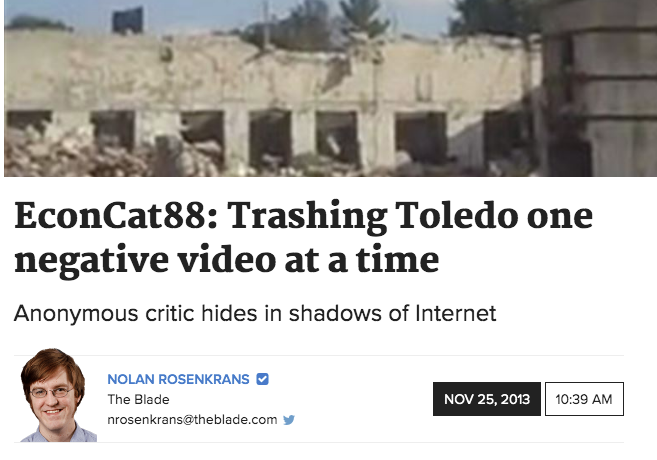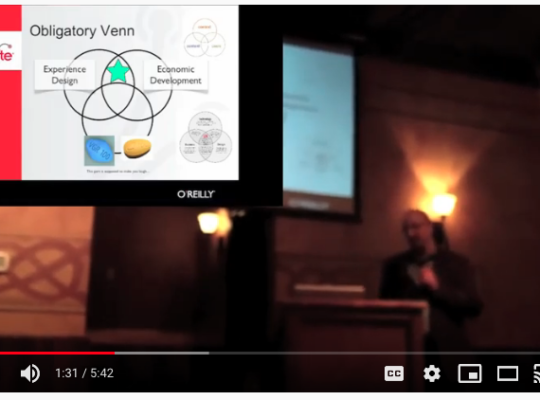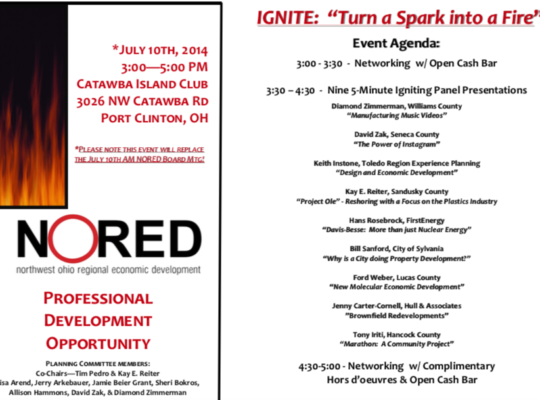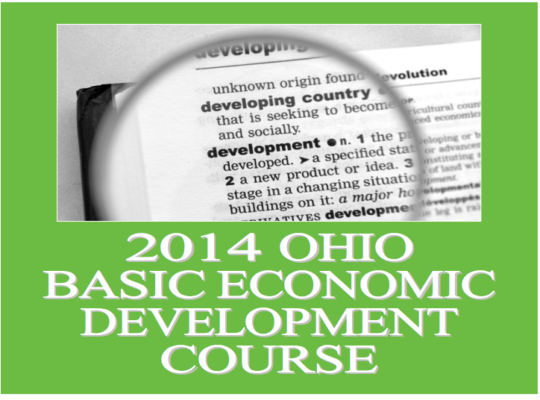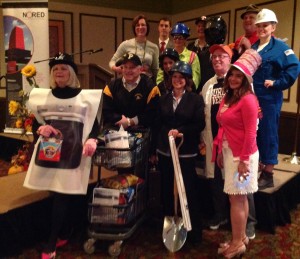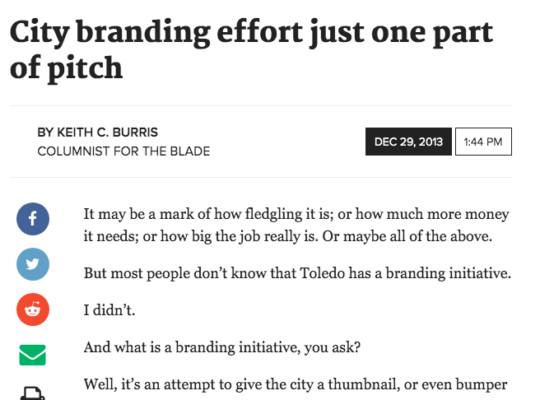Originally published on trep.org, December 1, 2013.
Now that people are talking about the role of YouTube videos in economic development around here (old news for others), let’s move to the next level and start planning better digital experiences (that include video) to support our regional ED goals. Hopefully we can move beyond the inane aspects of EconCat88-gate. Here is how I think we should move forward.
First and foremost, create positive (yet accurate) videos and make them easy to find. Take existing videos that support our branding goals and make them easier to find by putting them in the right places online, adding meta-information, and writing stories to go with them. The “bad” need to stay online: they have important purposes. Make the “good” easier to find than the “bad” for key audiences in key situations.
Seems obvious, but requires planning. Understanding your key audiences, their goals, and specific tasks users are trying to perform. Getting agreement on our shared messaging goals. Lining up budgets: some things can be done inexpensively but money is needed to do a good job. On low budgets, getting commitments from people to devote time to it is important.
A crucial aspect of planning digital experiences is knowing who your target users are and what they are trying to accomplish, so that you can design experiences that work for them. This is a list of some of economic development audiences that I have heard about the past few years:
- Site selectors: Consultants who help client companies find the best locations for their businesses (often, manufacturing facilities).
- Business leaders: CEOs and others who decide where a company locates its headquarters, plants, and sales offices. These are separated into “current customers” who are already located in the region (who care about growing where they are, hopefully, instead of moving away) and “prospective customers” whose companies are looking to re-locate or expand.
- Entrepreneurs: A special kind of business leader who is focused on creating new businesses, and thus is often concerned with start-up funding, technology innovation, and finding the right co-founders/partners.
- Capital investors: People who have a lot of money to invest in real estate and other assets, in order to eventually make money.
- Talent: The smart and skilled people needed for the regional economy to grow and thrive. “Talent” is developed, retained and attracted. Students are one part of the talent audience.
- Tourists: They come to visit (and spend money while here) and tell stories when they go back home.
- Residents: An often over-looked group in ED efforts, they can be “ambassadors” for a region, pay taxes to fund ED projects, are a source of talent, and in general, act as the “soul” of a region. Unhappy residents are not a good base for selling what you have.
Some brand messages and videos can serve multiple audiences. For example, residents, tourists and talent are all looking for fun things to do. But site selectors are usually focused on transportation costs, workforce skills, and tax incentives, which turn off those interested in “quality of life” issues.
As with any form of communication, the audience matters a lot. Instead of reacting to the discussion by just throwing some videos up on YouTube, I suggest starting out by picking a few specific audiences, based on a clear understanding of their goals and how they go about trying to accomplish those goals, and creating/adding content to address a few, specific needs of those audiences.
Other things to consider:
- It should not be only about the city of Toledo. The ED audience goals I am familiar with line up with the Toledo Region, not just the city.
- The answer may not be videos on YouTube. Depending on the audience and what they are doing, they may not use YouTube at all. Maybe Facebook or LinkedIn is better. Maybe Vimeo. Maybe Youku. Maybe it is a special web site like miserablecity.tv. Maybe it is all of these things, in the right combination.
- The answer may not even be videos. Or at least, not only videos. Maybe it is slides, which are common tools for business presentations. Videos almost always need written text to accompany them for people to scan and for search engines to find.
- Don’t obsess over “going viral.” Wrong focus.
The Toledo Region branding efforts to-date will make whatever we decide to do next easier and more effective. Which audiences, goals and tasks should we start with?

